Exp.CVE-2018-0835
Removing Exp.CVE-2018-0835 Manually
Exp.CVE-2018-0835 errors which should also be noticed 0x80244022 WU_E_PT_HTTP_STATUS_SERVICE_UNAVAIL Same as HTTP status 503 - the service is temporarily overloaded., 0x00000002, 0x000000C1, 0x80249001 WU_E_INVENTORY_PARSEFAILED Parsing of the rule file failed., 0x000000C9, 0xC0000218, 0x80240035 WU_E_UPDATE_NOT_PROCESSED The update was not processed., 0x80244003 WU_E_PT_SOAPCLIENT_GENERATE Same as SOAPCLIENT_GENERATE_ERROR - SOAP client failed to generate the request., 0xf0818 CBS_E_IDENTITY_MISMATCH container package points to a package manifest whose identity doesn't match the identity specified, 0x0000011D, 0x80240029 WU_E_INVALID_PRODUCT_LICENSE Search may have missed some updates before there is an unlicensed application on the system., 0x80247FFF WU_E_OL_UNEXPECTED Search using the scan package failed. , 0x80248009 WU_E_DS_MISSINGREF The data store is missing required information or has a reference to missing license terms, file, localized property or linked row., 0x0000005E, 0x80244029 WU_E_PT_INVALID_CONFIG_PROP A configuration property value was wrong., 0x0000009A, 0x8024F004 WU_E_SERVER_BUSY The server rejected an event because the server was too busy., 0x80249002 WU_E_INVENTORY_GET_INVENTORY_TYPE_FAILED Failed to get the requested inventory type from the server.Delete Exp.CVE-2018-0835 From PC Easily
Exp.CVE-2018-0835 is yet another harmful computer threats that already infected large number of PC across globe. With the only bad intention to make illegal profit and steal victims personnel data cyber criminals created this nasty threats as well as spread extensively over Internet. Basically it intrudes inside your PC through bundled with freeware or shareware program. Additionally clicks to suspicious ads, infected websites visits and nevertheless opening spam email attachments result in its invasion.
Exp.CVE-2018-0835 does all best to lean down your computer performance, creates large number of junk files that consumes maximum resources as resultant CPU hangs a lot. Moreover, alter browser default settings according to its needs after which continuous redirection, regular coming ads with much slow Internet speed frustrate you. The worst part, security analyst found it monitors all activity you do online, thus private information are under threats. Therefore you are strongly suggested to Delete Exp.CVE-2018-0835 from PC as soon as possible.
Part 1:- Start PC In Safe Mode With Networking
Windows 8/10
- Click on Start menu >> Press Shift key.
- Click on Restart button.

- Select Troubleshoot option from screen.
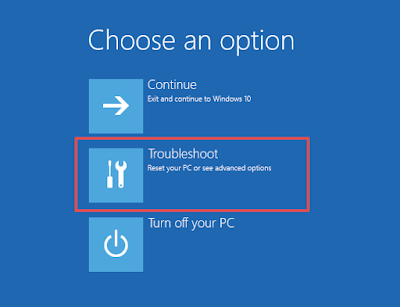
- Click on Advanced Options >> Choose Startup Settings option.
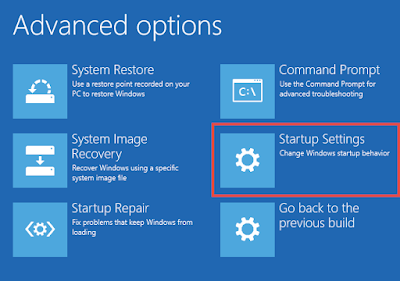
- Select Enable Safe Mode option >> Click Restart button.
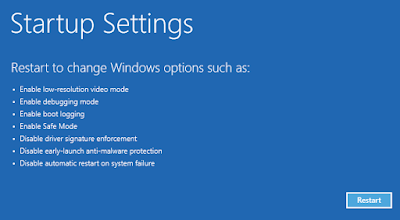
- Press F5 button to Enable Safe Mode With Networking option.
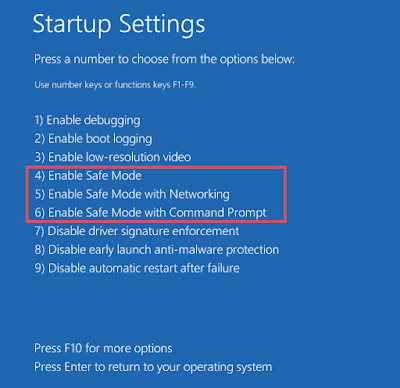
Windows XP/Vista/7
- Click on Start menu >> Select Restart button.
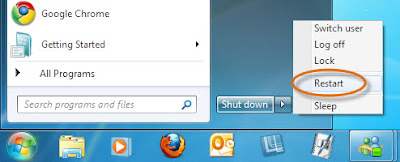
- While PC start booting, Press F8 button continuously.

- After that Advance boot menu appear on PC screen.
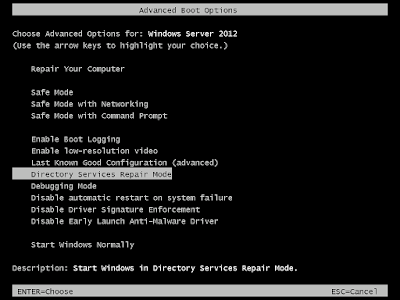
- Select Safe Mode With Networking Option.
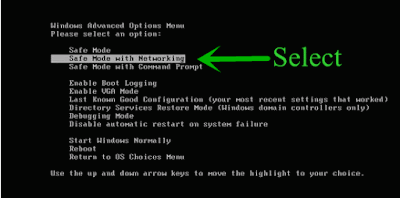
- Finally press Enter button.
Part 2:- Delete Exp.CVE-2018-0835 From Control Panel
Windows XP
- Go the Start menu >> Select Control Panel.
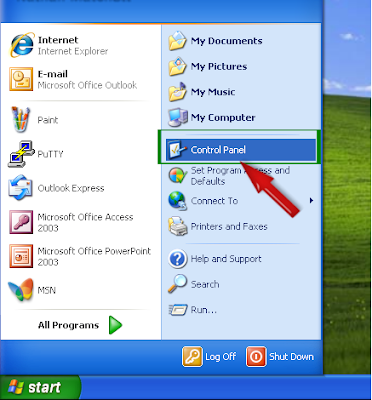
- Click on Add or Delete programs option.
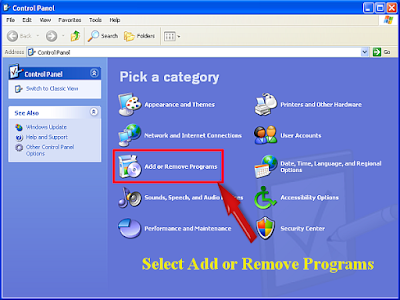
- Search and Delete unwanted program from PC.
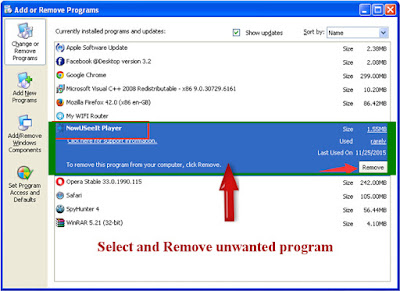
Windows 7
- Click the Windows key.

- Select Control Panel Option.
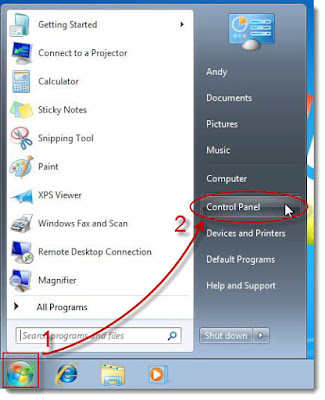
- Select Delete A Programs option.
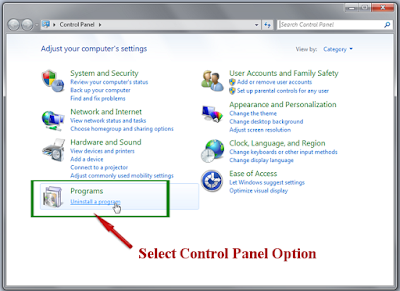
- Select and Delete unwanted program from system.
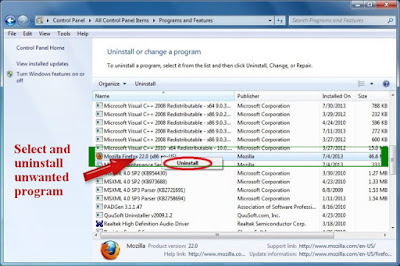
Windows 8
- Press Win+R button to open Run Box.

- Type control panel in Run window.
- Press Enter button to open the Control Panel.
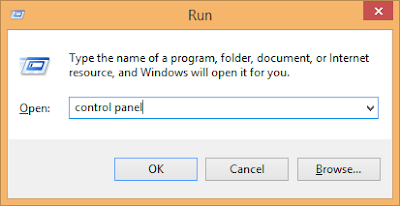
- Select Delete a program.

- Do Right-click Exp.CVE-2018-0835 related programs.
- Click Delete option to Delete it completely.

Windows 10
- Press the start button.
- Select Settings option.
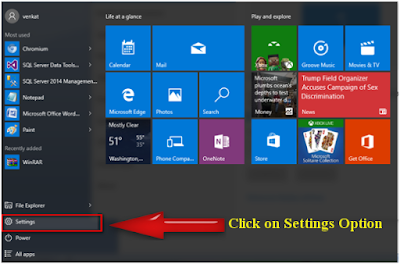
- Choose system option there.

- Click on Apps and Features option.
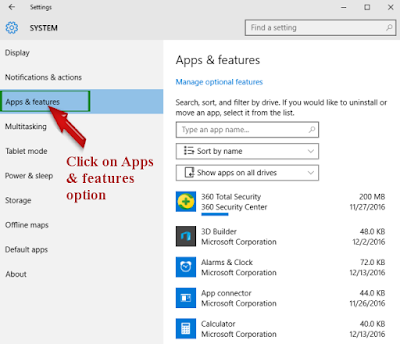
- Select and Delete unwanted program.
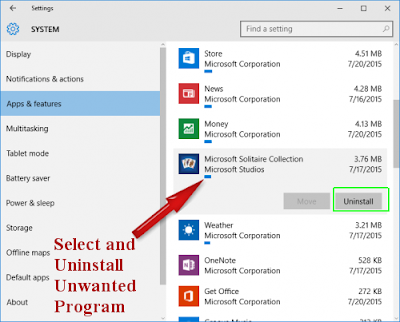
Part 3:- Delete Exp.CVE-2018-0835 Related Process From Task Manager
- Press ALT+Ctrl+Del buttons altogether.
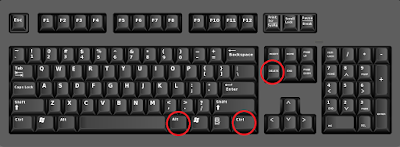
- Choose Windows Task manager option from PC screen.
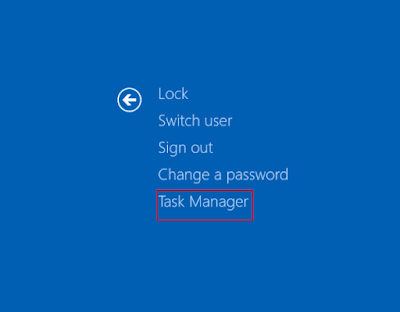
- Select the malicious process.
- Click on End Task button.
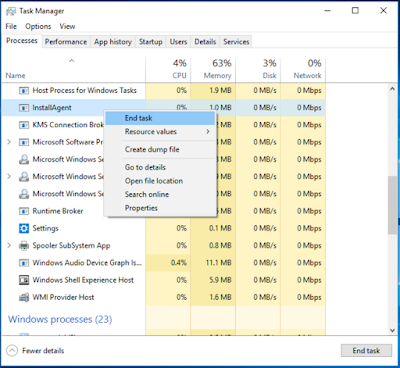
Part 4:- Solution to Delete Exp.CVE-2018-0835 From Firefox
From Mozilla Firefox
- Open Mozilla Firefox browser.
- Click on gear icon to open menu.
- Select Add-ons >> Add-ons Manager tab will open.
- Choose Extensions or Appearance panel.
- Choose Exp.CVE-2018-0835 add-on you want to Delete.
- Click the Delete button.

From Google Chrome
- Click on great icon to open Chrome menu.
- Now click on the Tools option.
- Go to Extension >> Select unwanted extension.
- Finally click on trash bin icon.

From Internet Explorer
- Open Internet Explorer browser.
- Click on Gear Icon to open Tools.
- Click on Manage Add-ons option.
- Select Toolbars and Extensions tab.
- Find Exp.CVE-2018-0835 related add-ons >> Click Disable.
- Click More information button.
- Finally, click on Delete button.

From Microsoft Edge
Microsoft Edge doesn't support extension so you need to reset your
browser homepage.
- Open Microsoft Edge browser.
- Click on More (...) icon >> Go to Settings.
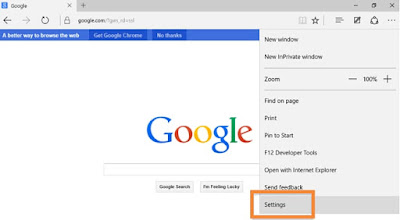
- Select a specific page or pages under Open option.
- Select Custom option.
- Enter URL that you want to set as your browser homepage.

Part 5:- Delete Exp.CVE-2018-0835 From Registry Editor
- Pressing Win + R keys together.

- Type regedit >> Click OK.
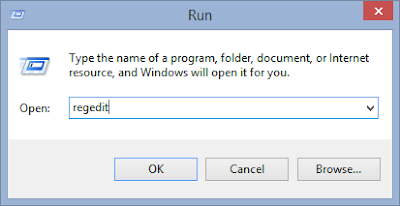
- Find and Delete Exp.CVE-2018-0835 related registry files.
HKEY_LOCAL_MACHINESYSTEMCurrentControlSetServicesWpm
HKCU\Software\Microsoft\Windows\CurrentVersion\Internet Settings\random
HKEY_LOCAL_Machine\Software\Classes\[adware name]
HKEY_CURRENT_USER\Software\Microsoft\Windows\CurrentVersion\Run “.exe”
HKEY_CURRENT_USER\Software\Microsoft\Windows\CurrentVersion\Internet Settings “CertificateRevocation” = ’0
HKEY_LOCAL_MACHINE\SOFTWARE\Microsoft\Windows\CurrentVersion\run\random
HKEY_CURRENT_USERSoftwareMicrosoftInternet ExplorerMain “Default_Page_URL”


No comments:
Post a Comment